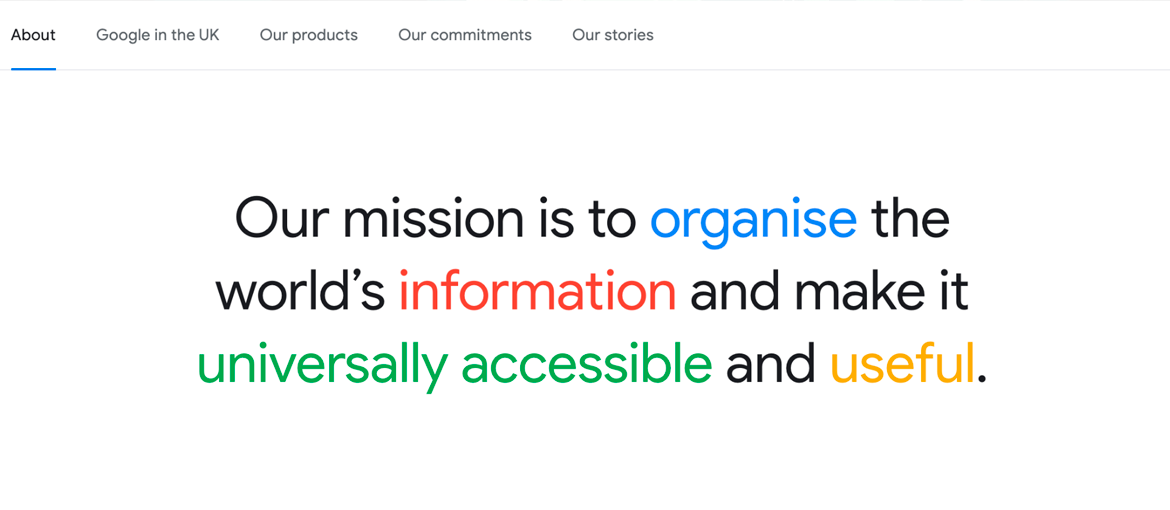Table of Contents
A company profile is a comprehensive document that provides a detailed overview of a company, including key information about its activities, mission, vision, values, and future goals. It serves as a formal identity card for the business, helping to communicate its essence to potential investors, clients, and suppliers. The profile typically includes details about the company’s history, structure, products or services, and market position.
Company profiles can vary in length and format, from brief summaries to more extensive documents with multiple sections. In the digital age, company profiles are often presented in formats like PDFs, websites, or interactive infographics, allowing for easy access and sharing.
The main purpose of a company profile is to raise awareness about the business and establish credibility. For small and medium-sized enterprises (SMEs), it’s a crucial tool for attracting new clients and fostering growth. A well-structured company profile can also enhance the business’s image, making it appear more professional and trustworthy in the eyes of stakeholders, including suppliers and shareholders. Furthermore, the company profile serves as an internal guide, helping to reinforce the organization’s core identity and objectives.
How to put together a company profile
The first part contains the business’ details. These are usually at the start of the document, and should be as accurate and up-to-date as possible.
- Name
- Date of foundation
- Address(es) of premises
- Telephone contact details
- Email addresses
- Website link
After the more technical details, it is a good idea to describe the essence of the company. This information varies a lot depending on the type of business, and does not apply to all firms, but it is the central element of the company profile.
- Description of the company’s activities
- Vision and mission
- Description of products
- Description of services
- History, evolution and growth
- Public relations
- Advertising
- Information on the specific sector
- Health and safety
- Description of the main team
- Client portfolio
If the company has received awards or achieved significant results within the industry, these can be included too, to reflect the business’ prestige.
- Prizes
- Certificates
- Special programmes and products
- Testimonials
Then there are various optional elements, which depend both on the type of company and the approach the company takes.
- Annual sales figures
- Financial goals
- Number of employees
- Partners
Some examples of interesting company profiles
As we have seen, this document has a detailed structure, and the final results can vary enormously. It all depends on the nature of the company and its objectives, and there is no ‘right’ or ‘wrong’ way of doing it. That said, one key rule that every company should follow is to create an interesting and captivating company profile. A boring presentation will be bad for business, and will not successfully attract new investors and customers. Let’s have a look at a series of excellent examples from businesses of various sizes, and in a range of formats.
Google’s company profile

Despite being one of the most famous companies in the world, and despite everyone knowing precisely what it does, even Google has a company profile. It is online, and it has a relatively straightforward structure. It is divided up into sections that describe simply and succinctly the history of the company, its not-for-profit activities, the products and services it offers, its management team (which varies depending on the country) and a general page reporting news about the company. The entire document (which is effectively a website) is, of course, furnished with images, videos and interactive links.
Starbucks company profile
The famous cafe chain Starbucks has taken a much more sober approach. Its company profile is also found in a section of the website, but it is only a single page of text, easy to print and with no images. The document has a serious tone and describes the company’s history, products and shops, its brand and its corporate social responsibility policy.

Able’s company profile
Now let’s look at a smaller company. Able Construction Pte from Singapore has a company profile in PDF format. Around fifteen pages long, the document begins with the company’s history and structure, outlines how the team is organised, lists the sales figures, and finishes off with a series of photos of completed projects. The structure is simple, but it ticks all the right boxes.

As we have seen, there are various types of company profile, and the exact form you choose depends on the size and nature of the business. Having an online document offers the opportunity to add interactive content and therefore make it more interesting, while a static format, such as a PDF file, can be more convenient when it comes to distributing it. Company profiles therefore offer many opportunities for creativity and graphic design; you just have to find the right format and tone for your company!

